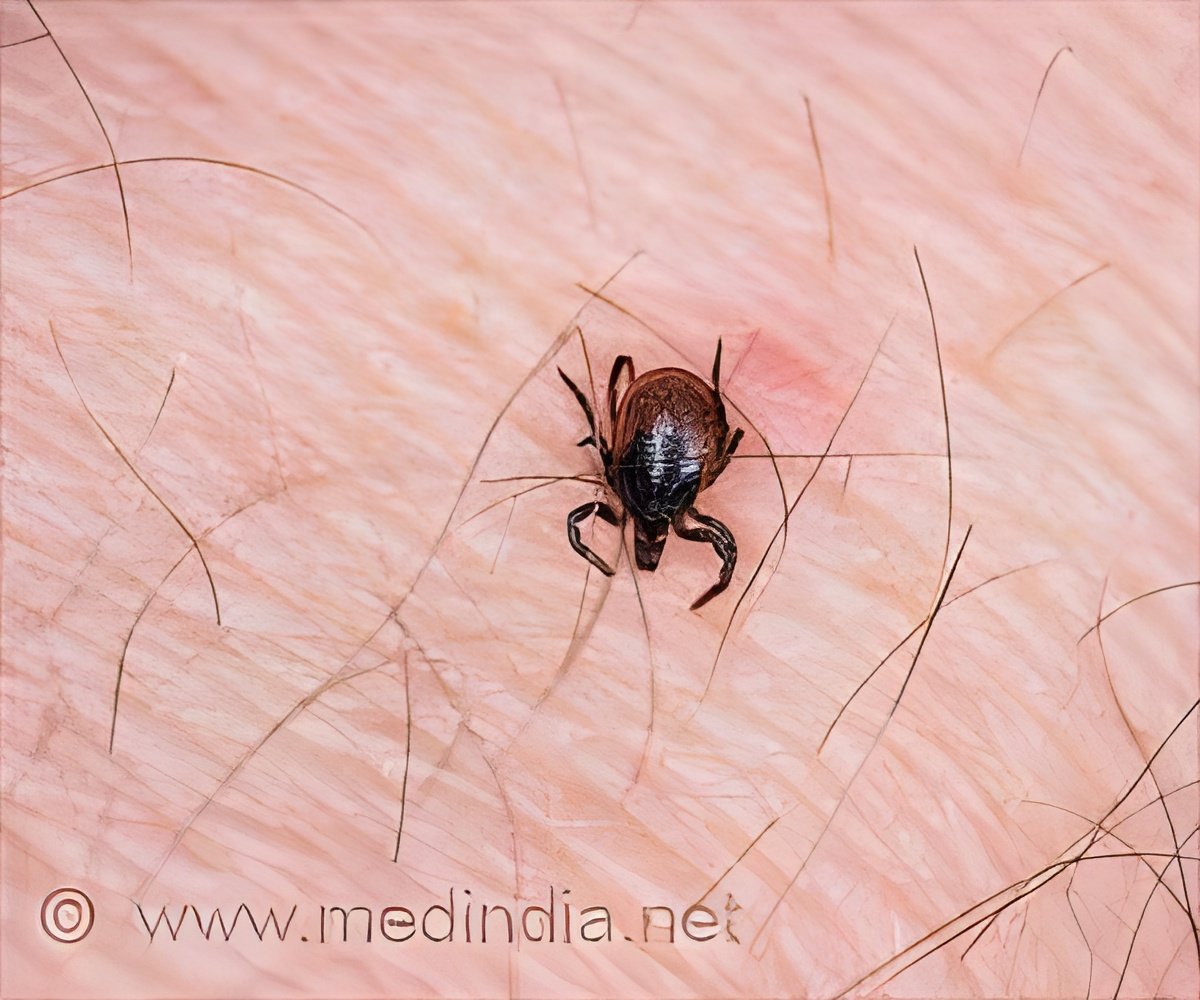
Antibiotics Help Treat Lyme Disease
For some, however, symptoms of pain, fatigue, or difficulty thinking persist or return after antibiotic treatment. Symptoms that substantially reduce levels of activity and impact quality of life for more than six months after treatment are classified as post-treatment Lyme disease (PTLD) syndrome.‘Antibiotic treatment may result in full recovery in most Lyme disease cases.’
Tweet it Now
This research studied the long-term outcomes of children with Lyme disease through a cross-sectional evaluation using validated surveys. The study collected survey responses from the parents of 102 children ages 5 to 18 years who had been diagnosed with Lyme disease between six months and 10 years before enrollment. Adolescents ages 10 to 18 years old were also invited to complete adolescent-specific questionnaires. According to these parent survey responses, 75% of children fully recovered within six months of completing treatment: 31% of all children recovered within one month; 30% recovered in one-to-three months; and 14% recovered in four-to-six months. Approximately 22% of children in the study experienced at least one symptom that persisted six or more months after completing treatment; of those, 9% had symptoms classified as PTLD syndrome. Six percent of the children were not fully recovered at the time of the survey, with 1% experiencing symptoms significant enough to impair daily functioning, the authors noted.
According to the authors, this study supports previous data showing an excellent overall prognosis for children with Lyme disease, which should help alleviate understandable parental stress associated with lingering non-specific symptoms among infected children.
They note that the findings of this study can help clinicians manage families’ expectations about the varying post-treatment recovery times of pediatric Lyme disease patients. The researchers suggest this new data could help reduce the potential for families seeking dangerous alternative therapies for children who experience prolonged recovery times. PTLD syndrome remains poorly understood in children and adults, and more research is needed to better understand these prolonged symptoms and identify treatment targets, according to the authors.
This study was supported through a partnership between NIAID and the Children’s National Research Institute (CNRI). Researchers at the Center for Translational Research at CNRI and the NIAID Laboratory of Clinical Immunology and Microbiology conducted the study.
Advertisement














